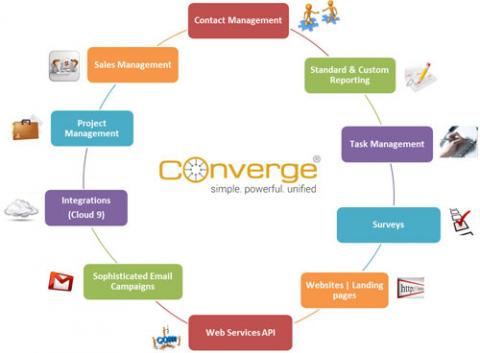There are 240+ CRMs in the market. But how many offer customizations?
ConvergeHub is the most customizable and easily adaptable CRM solution. It understands the fact that all businesses are unique in the way they work and offers to customize a lot of elements in the CRM. You can create custom tabs, fields, page layout, templates, workflow rules and sales processes to reflect your unique business practices. This ensures that you’re not stuck with a plain vanilla CRM that has a rigid work flow but a flexible CRM that perfectly fits your needs.
Field Level Customization
ConvergeHub provides a wide range of standard fields in each module. However, it extends your database further and does not keep it limited to a finite set of predefined fields. It empowers you to create custom fields everywhere in the CRM, just like the pre-built fields. Custom field types are:
- Boolean: Two data types to represent the logical values of true and false
- Checkbox: A small box to enable or disable an option
- Currency: A field to include amount in a specific currency
- Date: A calendar date input field
- Formula: A field that robotically fills calculated data based on the values inserted in other fields
- List: A drop-down list option
- Numeric: A field type that holds plain numbers without any percentage or currency signs
- Radio: Round circles representing options, of which only one can be selected at a time
- Relate: A field to establish relationship between different modules
- Summary: Totals the values in the fields selected in the Summary Field Name
- Text Area: A large text input field
- Text Field: A simple text field
- URL: A field to insert a link of any web page
- Year: A drop-down list option to input the year
ConvergeHub CRM’s field level customization puts the power in your hands. Choose from the list of 10+ Custom Field types to capture data specific to your work demands. Specify Field Properties such as Name, Values and so on. Decide whether you want the fields to be mandatory, have advanced search, help text, default value, quick view, inline edit and mass update or not. These fields become available to all the users added to your organization’s CRM account. You can edit, delete and unpublish the custom fields later.
How to add Custom Fields?
1. Click on Admin Settings.
 2. Click on Custom Fields under App Setup.
2. Click on Custom Fields under App Setup.

3. Click on New.
 Define the Properties as required for the custom field:
Define the Properties as required for the custom field:
 4. Select the module under which you want to create the custom field.
4. Select the module under which you want to create the custom field.
5. Select the tab under which the custom field will appear.
6. Name the custom field.
7. Choose from the list of 15 + Custom Field types.
8. Choose whether you want the custom field to be set as mandatory or not.
9. Choose whether you want the custom field to have advanced search or not.
10. Choose whether you want the custom field to be applicable under the copy functionality or not.
11. Choose whether you want to publish the custom field or not.
12. Write a help text for the custom field for better understanding of users.
13. Set a default value for the custom field.
14. Choose whether you want the custom field to have inline edit option or not.
15. Choose whether you want the custom field to have mass update option or not.
16. Save to create the custom field. The newly created custom field will appear under the selected tab of the respective module.
Not just Create but also Organize your Custom Fields
Just when you think that custom fields are the last level of customization in ConvergeHub CRM, here comes the BIG surprise. ConvergeHub offers Layout Editor that empowers you to drag and drop custom fields wherever you want them in the page.
What’s the best part?
There’s no scripting or code involved! So create Custom Fields and organize them in the left and right panel to group and merge sections of information together. Draw Lines to divide and segment the custom fields based on company objectives. Add Spaces to make the custom fields fit well on the page.
The ConvergeHub Advantage
Unlike the generic CRMs that leave you searching for other software to store industry-specific information and piece together data – ConvergeHub enables you to create custom fields that work for your industry. You store batches of information other than just ‘company’ or ‘name’ in the CRM. You have complete control over the data required in the CRM and can input information based on what is most relevant to your business process.
Next Step
Create Custom Fields of different types and share how they help you store unique data elements in the CRM, particular to the way your business operates. We’ll be waiting to hear your experiences with our built-in custom field tool.
Not an existing ConvergeHub User?
No sweat! Learn about ConvergeHub CRM through the following ways:
- Get ConvergeHub Overview
- Learn ConvergeHub’s 5 compelling USPs
- Understand ConvergeHub’s Features & Benefits
- Compare ConvergeHub with other CRMs
- Read customer reviews
- Attend Webinars or schedule a live one-on-one Demo
- Use FREE TRIAL
Pick and choose any or all and take a closer look at what our CRM software can do for your business.
Thank you!
ConvergeHub
P.S. Twitter is a great place to reach us.
https://twitter.com/convergehub
Looking forward to see you there.





 2. Click on Custom Fields under App Setup.
2. Click on Custom Fields under App Setup. 3. Click on Organize.
3. Click on Organize. 4. Select the module from the dropdown.
4. Select the module from the dropdown. 5. Select the tab from the list.
5. Select the tab from the list. 7. Click on Layout Editor which includes the following options:
7. Click on Layout Editor which includes the following options: 11. Name the Label. Choose the font size, style and color.
11. Name the Label. Choose the font size, style and color. 15. Drag and drop the Filler for proper spacing in the page.
15. Drag and drop the Filler for proper spacing in the page. 17. Drag and drop the Custom Fields in the left and right panel.
17. Drag and drop the Custom Fields in the left and right panel. 21. Choose the Separator thickness and color.
21. Choose the Separator thickness and color. As per the requirement:
As per the requirement: 29. Click on the tab under the selected module to view the customized layout. If required, add, change or remove the Labels, Custom Fields, Separators and Spaces.
29. Click on the tab under the selected module to view the customized layout. If required, add, change or remove the Labels, Custom Fields, Separators and Spaces. There is no minimum and maximum limit to these customizations. So change the ConvergeHub UI wherever and whenever you want by simply dragging and dropping the Labels, Custom Fields, Spaces and Separators.
There is no minimum and maximum limit to these customizations. So change the ConvergeHub UI wherever and whenever you want by simply dragging and dropping the Labels, Custom Fields, Spaces and Separators.

 1. Add ConvergeHub Lead Generator extension to the Chrome browser from the Chrome Web Store. Here is the link to add it –
1. Add ConvergeHub Lead Generator extension to the Chrome browser from the Chrome Web Store. Here is the link to add it –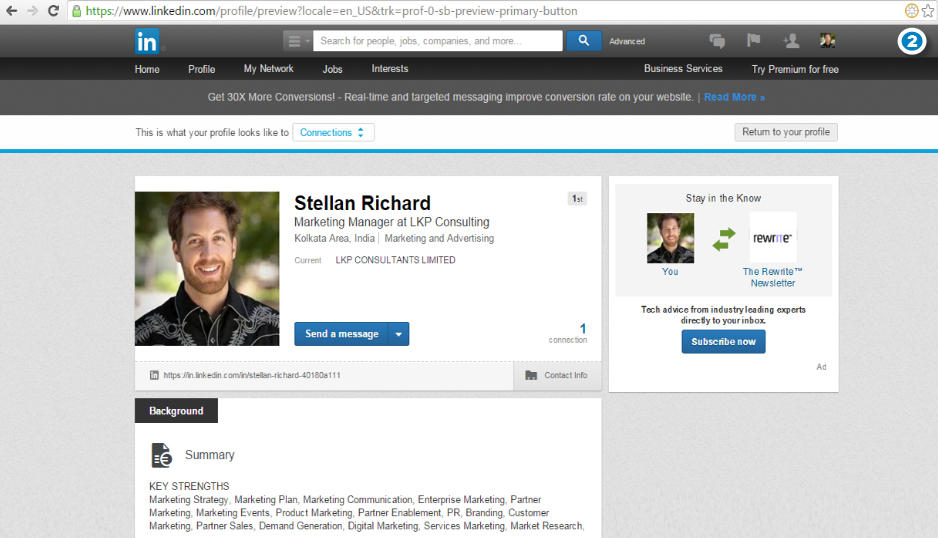 2. Lead Generator tool will detect when the user is logged into social channels (LinkedIn, Facebook, Twitter and Google+) and will automatically show up in the Chrome address bar.
2. Lead Generator tool will detect when the user is logged into social channels (LinkedIn, Facebook, Twitter and Google+) and will automatically show up in the Chrome address bar.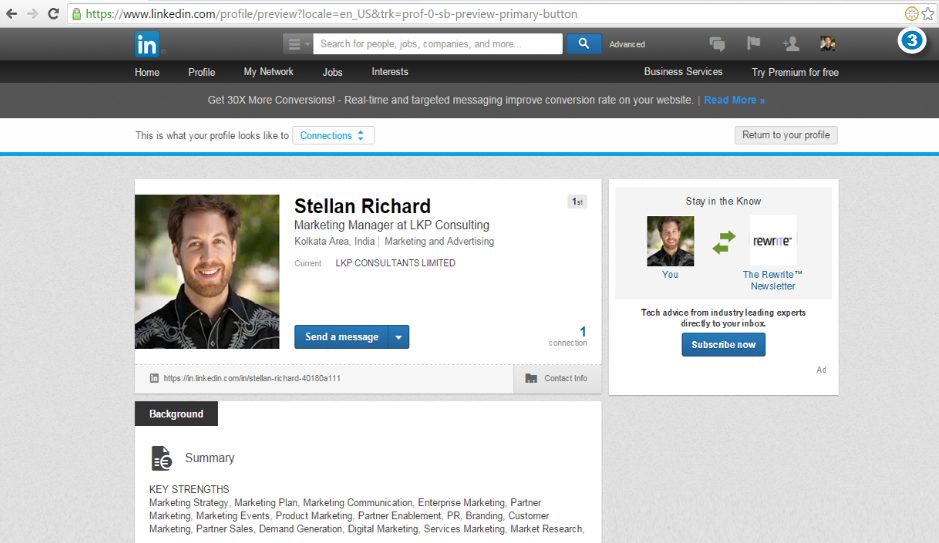
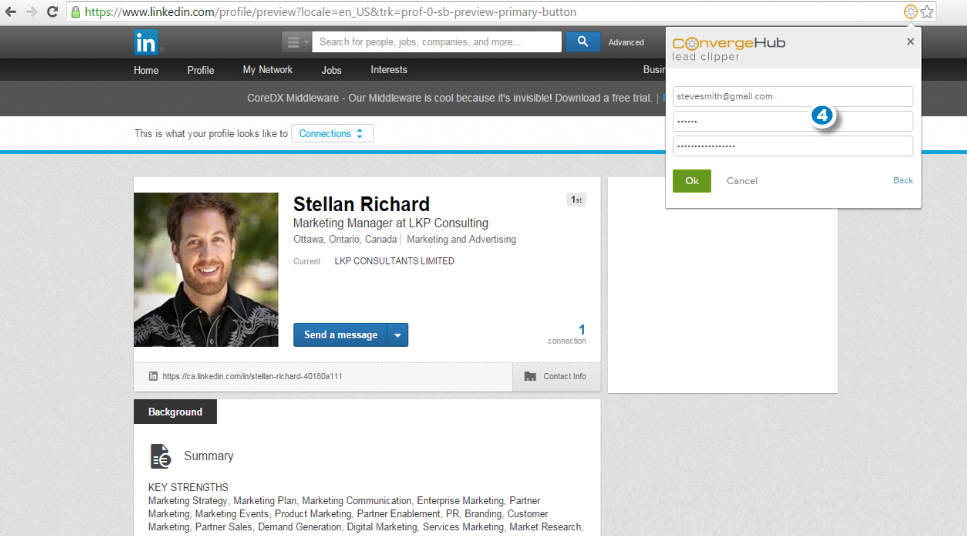 4. Provide ConvergeHub User name, Password and API Key (only for the first time).
4. Provide ConvergeHub User name, Password and API Key (only for the first time).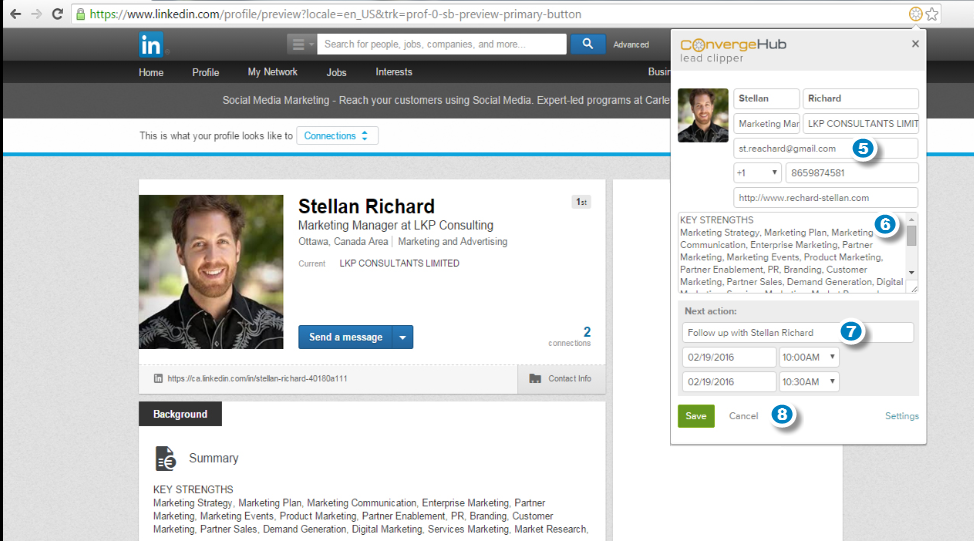 5. Details like Lead’s name, phone and email address will get pulled from the profile and automatically filled up in the Lead Generator form.
5. Details like Lead’s name, phone and email address will get pulled from the profile and automatically filled up in the Lead Generator form.
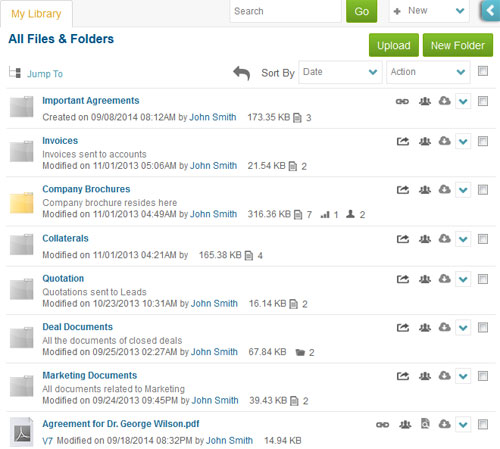 You can create folders under which you can upload multiple files. Clicking on any folder will redirect you to its dedicated page.
You can create folders under which you can upload multiple files. Clicking on any folder will redirect you to its dedicated page.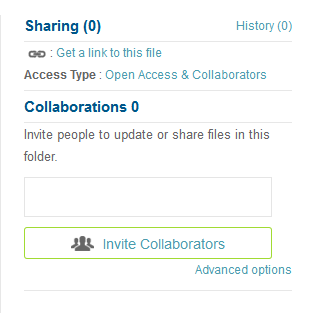 You have a broad document portfolio spanning different departments. It’d be a nightmare to collaborate the documents with others without setting access levels. ConvergeHub Library allows you to set permissions during the time of collaboration itself.
You have a broad document portfolio spanning different departments. It’d be a nightmare to collaborate the documents with others without setting access levels. ConvergeHub Library allows you to set permissions during the time of collaboration itself.




